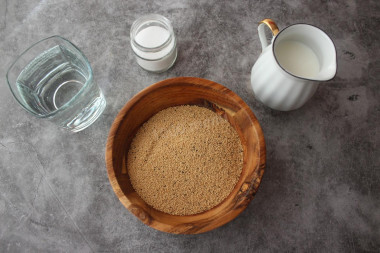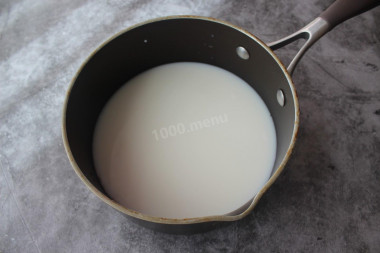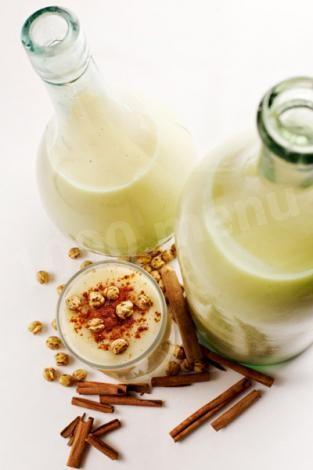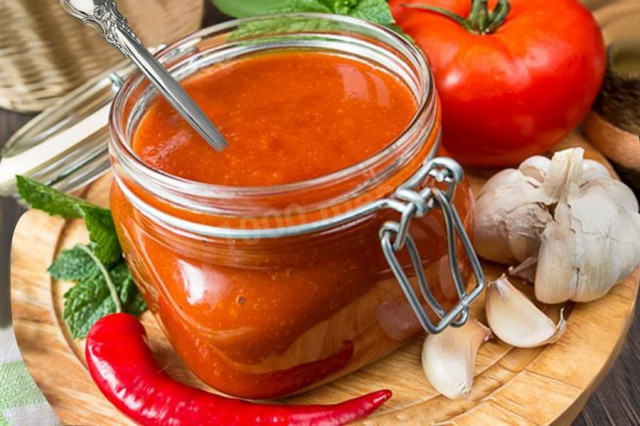Composition / ingredients
Step-by-step cooking
Step 1:

Prepare all the ingredients. Amaranth seeds can be bought in health food stores and in large stores. Usually, amaranth grits are not completely yellow, there are black seeds. Black seeds are seeds directly with a shell, and yellow ones are peeled seeds.
Step 2:

Amaranth seeds are very small, so pour them into a sieve with a very fine mesh and rinse under running water. This procedure allows you to wash a fine sand or some inclusions from the cereal. Leave the amaranth in a sieve to drain excess water. It will be problematic to wash the seeds in another way, for example, like rice, since the amaranth seeds float on the surface of the water. Then it is better to use a gauze, draining the water from the bowl.
Step 3:

Pour milk and water into the ladle in a ratio of 1:1, bring the contents of the ladle to a boil over high heat. When the milk-water mixture boils, add a pinch of salt and mix.
Step 4:

Pour the washed amaranth seeds in a thin stream, stirring constantly.
Step 5:

Turn down the heat, cover the ladle with a lid and cook the porridge over low heat until thickened for about 25-30 minutes. Do not open the lid for the first 10 minutes, and then stir the porridge occasionally so that the porridge does not burn.
Step 6:

Put the finished amaranth porridge in a plate, if desired, you can add a small piece of butter. According to your taste, add a sweet filler to the porridge, as which jam, jam, nuts, berries or fruits can be used.
When Europeans, or rather Spaniards, came to South America, many of them decided to publish books based on their travels. Their works were not so much literary as local history. They usually described what travelers met on their way, what peoples they came across, what plants and what animals they met. And so, in one of these books, the amaranth plant was described, in the local dialect, of course, it had a different name. The book described that it looks very similar to the native familiar European Mary. Just like Marie, this plant used leaves for food. In addition to the leaves of the amaranth, seeds were also used. Surprisingly, later it turned out that both Amaranth and Mar are relatives.
Caloric content of the products possible in the composition of the dish
- Whole cow's milk - 68 kcal/100g
- Milk 3.5% fat content - 64 kcal/100g
- Milk 3.2% fat content - 60 kcal/100g
- Milk 1.5% fat content - 47 kcal/100g
- Concentrated milk 7.5% fat content - 140 kcal/100g
- Milk 2.5% fat content - 54 kcal/100g
- Salt - 0 kcal/100g
- Water - 0 kcal/100g
- Amaranth flour - 371 kcal/100g










